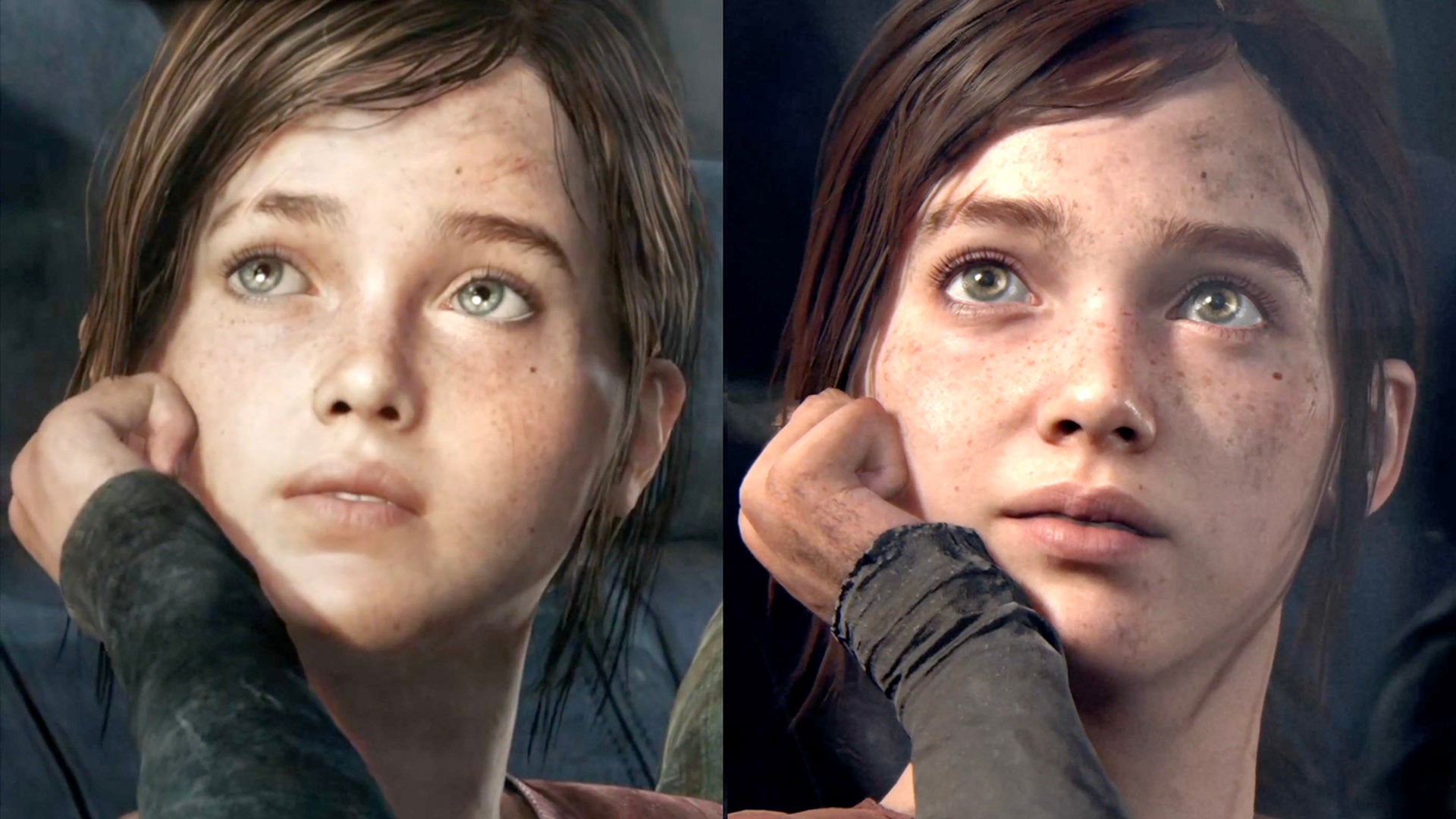The Last of Us Part 1 remake for PS5 has been rumoured for months, and now it’s finally been confirmed with a splashy cinematic trailer. A massive increase in quality is evident, but how has the tech been pushed since the original game – and how does the new remake compare to the series’ second entry in 2020? Is this a simple remaster or something more exciting – a TLOU1 remake in the TLOU2 engine?
The Last of Us release timeline:
2013: TLOU released for PS32014: TLOU Remastered released for PS42016: TLOU Remastered enhanced for PS4 Pro2020: TLOU Part 2 released for PS4 and PS4 Pro2021: TLOU Part 2 enhanced for PS52022: TLOU Part 1 remaster announced for PS5
While the game is set to be released in less than 90 days, all we have to try and answer those questions are a 90-second trailer – mostly of cinematics – along with some high-quality screenshots. Suffice it to say, a full Digital Foundry tech analysis will come later, but there’s still enough here to produce some intriguing comparisons.
Right off the bat, there’s a massive improvement in visual fidelity and asset quality comparing the PS4 Pro version of the 2014 Last of Us remaster against the PS5 remake footage. The opening shot, which depicts a gameplay area, has been completely redone. The buildings have new geometry and higher grade materials, lighting and shading is much more subtle, and high-quality foliage is now flowing over the buildings in much the same style as The Last of Us Part 2. In broad strokes, the design of the area is very similar, but the technology and art is much improved with substantially revised – if not brand new – assets.
Almost all of the rest of the trailer is composed of story cinematics, which focus on characters. Character rendering has taken a massive step up from the original game – all the expected improvements are here, including much more realistic skin, detailed self-shadowing, true-to-life clothing, and of course completely remade models. The cinematics have been re-animated to some degree as well. Most of the changes here are on the subtler side but very much appreciated – like more detailed lip-sync and less robotic eye movement. Keep in mind as well that almost all the cinematic sequences in the original title were pre-rendered and used much higher grade models than would have been possible in real-time, while these cutscenes are very likely to be running live on PS5 hardware, so these comparisons actually flatter the earlier release somewhat.
Note that every shot in the PS5 TLOU trailer appears to have an analogue in the original title, suggesting that the cutscenes may be a shot-for-shot recreation of the original work. The camerawork and positioning isn’t completely identical, but is very similar – suggesting the team is hewing closely to the original with a focus on improving fidelity.
